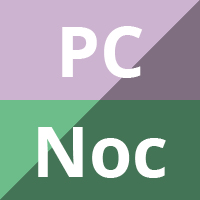
Droperidol for treatment of nausea and vomiting in palliative care patients
Abstract Background This is an updated version of the original Cochrane review published in Issue 10, 2010, on droperidol for the treatment of nausea and vomiting in palliative care patients. Nausea and vomiting are common symptoms in patients with terminal illness and can be very unpleasant and distressing. There are several different types of antiemetic […]
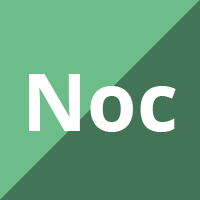
The role of additional radiotherapy for primary central nervous system lymphoma
Abstract Background Prior to the introduction of the chemotherapeutic agent methotrexate, radiotherapy was the sole, first-line option for the treatment of individuals with primary central nervous system lymphoma (PCNSL), Now that methotrexate is available, the role of radiotherapy in the treatment of PCNSL has been called into question. Although various studies suggest promising results with […]
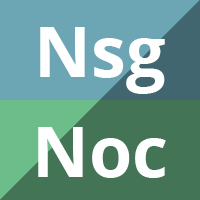
Adjuvant treatment of anaplastic oligodendrogliomas and oligoastrocytomas
Abstract Background Standard care of adjuvant treatment for anaplastic oligodendrogliomas (AO) and anaplastic oligoastrocytomas (AOA) is not yet well defined. The benefit of adjuvant chemotherapy and radiotherapy (RT), given as single modalities or sequentially, is still unclear. Furthermore, insight into the predictive and prognostic impact of various biomarkers is surging. Objectives To compare postoperative sequential […]

Surgery or radiosurgery plus whole brain radiotherapy versus surgery or radiosurgery alone for brain metastases
Abstract Background The benefits of adding upfront whole-brain radiotherapy (WBRT) to surgery or stereotactic radiosurgery (SRS) when compared to surgery or SRS alone for treatment of brain metastases are unclear. Objectives To compare the efficacy and safety of surgery or SRS plus WBRT with that of surgery or SRS alone for treatment of brain metastases […]

Image guided surgery for the resection of brain tumours
Abstract Background Extent of resection is believed to be a key prognostic factor in neuro-oncology. Image guided surgery uses a variety of tools or technologies to help achieve this goal. It is not clear whether any of these, sometimes very expensive, tools (or their combination) should be recommended as part of standard care for patient with […]
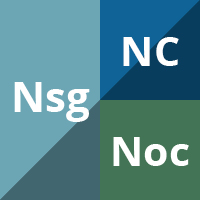
High-dose chemotherapy and autologous haematopoietic stem cell rescue for children with high-risk neuroblastoma
Abstract Background Despite the development of new treatment options, the prognosis of high-risk neuroblastoma patients is still poor; more than half of patients experience disease recurrence. High-dose chemotherapy and haematopoietic stem cell rescue (i.e. myeloablative therapy) might improve survival. This review is an update of a previously published Cochrane review. Objectives The primary objective was […]

QTc interval screening for cardiac risk in methadone treatment of opioid dependence
Abstract Background Methadone represents today the gold standard of efficacy for the pharmacological treatment of opioid dependence. Methadone, like many other medications, has been implicated in the prolongation of the rate-corrected QT (QTc) interval of the electrocardiogram (ECG), which is considered a marker for arrhythmias such as torsade de pointes (TdP). Indications on the association […]

Temozolomide for high grade glioma
Abstract Background High grade glioma (HGG) is an aggressive form of brain cancer. Treatment of HGG usually entails biopsy, or resection if safe, followed by radiotherapy. Temozolomide is a novel oral chemotherapy drug that penetrates into the brain and purportedly has a low incidence of adverse events. Objectives To assess whether temozolomide has any advantage […]
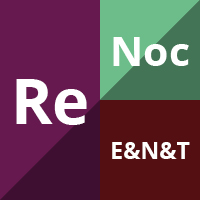
Enteral feeding methods for nutritional management in patients with head and neck cancers being treated with radiotherapy and/or chemotherapy
Abstract Background This is an update of a Cochrane review first published in The Cochrane Library in Issue 3, 2010. For many patients with head and neck cancer, oral nutrition will not provide adequate nourishment during treatment with radiotherapy or chemoradiotherapy due to the acute toxicity of treatment, obstruction caused by the tumour, or both. […]

Treatment for paraneoplastic neuropathies
Abstract Background It is not unusual to observe peripheral nervous system involvement in people with tumours outside the nervous system. Any part of the peripheral nervous system can be involved, from sensory and motor neurons to nerve roots and plexuses, from distal trunks to neuromuscular junctions. Pathogenesis also varies from direct infiltration by cancer cells, […]

